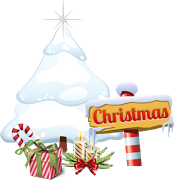Benefits of Consuming Raw Garlic.
Are you in need of in-depth knowledge on onion and garlic production? If yes, we are a call away. Contact […]
Are you in need of in-depth knowledge on onion and garlic production? If yes, we are a call away. Contact […]
Are you in need of in-depth knowledge on onion and garlic production? If yes, we are a call away. Contact
Are you in need of in-depth knowledge on onion and garlic production? If yes, we are a call away. Contact
Are you in need of in-depth knowledge on onion and garlic production? If yes, we are a call away. Contact
Are you in need of in-depth knowledge on onion and garlic production? If yes, we are a call away. Contact
Are you in need of in-depth knowledge on onion and garlic production? If yes, we are a call away. Contact
Are you in need of in-depth knowledge on onion and garlic production? If yes, we are a call away. Contact
Are you in need of in-depth knowledge on onion and garlic production? If yes, we are a call away. Contact
Are you in need of in-depth knowledge on onion and garlic production? If yes, we are a call away. Contact
Are you in need of in-depth knowledge on onion and garlic production? If yes, we are a call away. Contact


